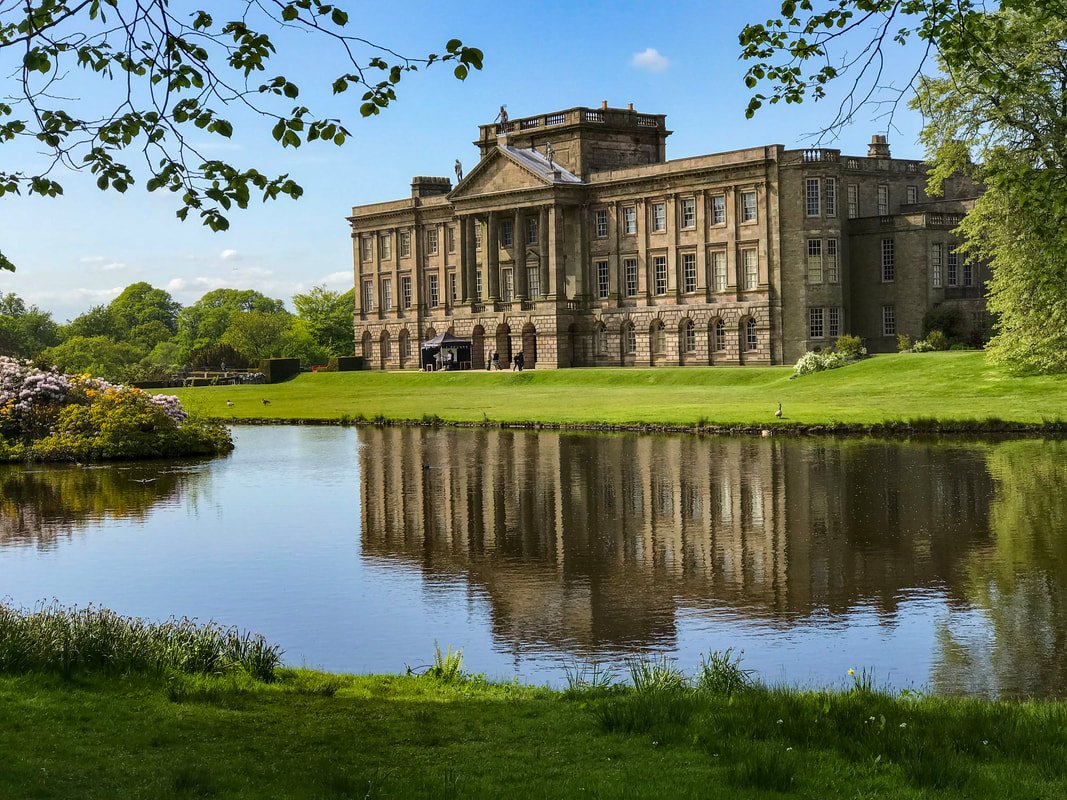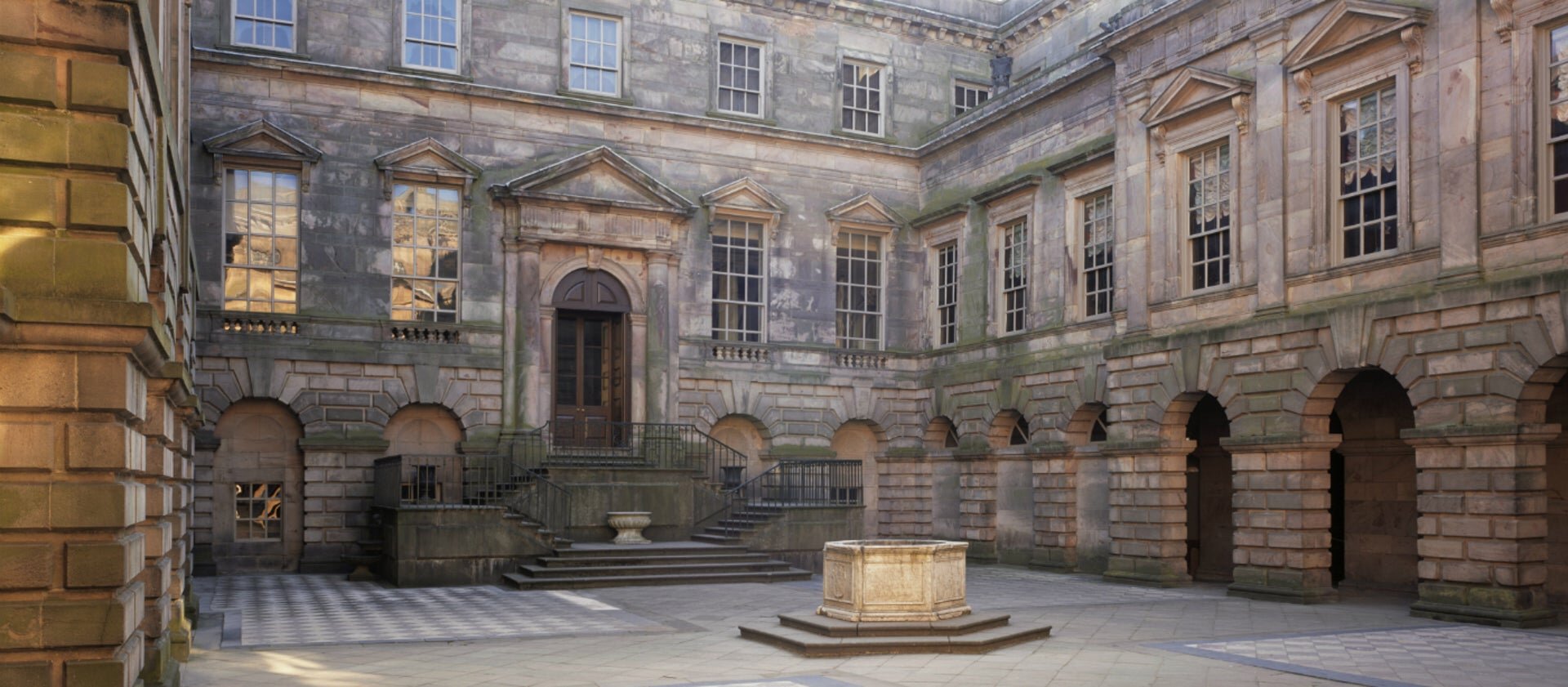A Visit To Cheshire's Lyme Park
The ‘Cage’, dating back to 1580
Cheshire’s Lyme Park
As humans, we’re naturally curious creatures and our desire to see and experiences new places is in our DNA but we’re not all fortunate enough to be able to fly over to Bordeaux for the weekend.
We decided to see if there was somewhere within the North West that offered something unique that you wouldn’t normally consider. A quick Google later and we find ourselves intrigued by Lyme Park in Cheshire. The estate is managed by The National Trust and the grade I listed house is the largest in Cheshire.
Nestled within the Peak District National Park it isn’t exactly a quick train journey away from Liverpool or Manchester, but that’s what attracted us to Lyme Park in the first place. Everywhere we look in this digital age seems to have screens, lights and buttons so venturing outside of that bubble to hit the refresh button (excuse the pun) seemed like a good idea. Due to Lyme Park’s isolated location our friends at Lexus Liverpool kindly leant us their UX model for the day, with an MPG between 47-54 the fuel gage barely budged, much like the traffic unfortunately. Lexus are renowned for their reliability and high quality, both of which we totally understood when nosing around the car, the quality of materials used is superb and everything feels so well put together. Something that did surprise us was just how comfortable the journey was, the car floated over the infamous motorway potholes.
‘The Cage’ in the background behind the Lexus UX
Once we arrived the first noticeable thing was just how well maintained the grounds were, especially as the house is surrounded by 15 acres of formal gardens and a further 1,359 of Grade II listed deer park. The estate was originally granted to Sir Thomas Danyers in 1346 and passed to the Leghs of Lyme in 1388 by marriage. The estate remained with the family until 1946 when it was given to the National Trust. The house dates back to the 16th century and is widely renowned for its elegant interior. Visitors have access to the majority of the inside, which has been well preserved throughout. The walls are adorned with large tapestries and paintings, some of which date back to the fifteenth century. You can tell that a considerable amount of time and effort has gone into making the house look exactly like it did before it was handed over to the National Trust, one room in particular that caught our imagination the drawing room with its hand carved stone fireplace.
Lyme Park’s beautiful courtyard
Back outside, we wanted to see the ‘Lantern’ located in Lantern Wood, a sandstone structure with a spire. Part of this originally formed a bellcote on the northern gatehouse dating back to about 1580. Unfortunately we didn’t get to see it because the footpath leading to it was closed off after a recent flooding.
Another notable structure within Lyme Park is ‘The Cage’. Originally used as a hunting lodge, the tower first dates back to 1580, and was taken down and rebuilt in 1737, nobody is quite sure exactly why this was. The Cage is a Grade II listed building and from what we could see, isn’t used for any particular purpose today. The surrounding area provides excellent unencumbered views over Manchester city center.
Overall, Lyme Park certainly delivers something different from the norm so you wont be disappointed there. Our visit came at the end of summer so we were able to fully appreciate the magnificent grounds, naturally the inevitable winter weather would mar the experience for most so we’d recommend saving it for when the sun decides to shine again if it’s a long walk you’re after. The house gives you a real glimpse into past times and with a well informed guide around every corner you wont leave feeling short of knowledge.
To experience any of the Lexus range, click the button below





